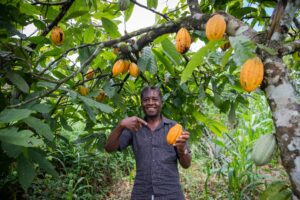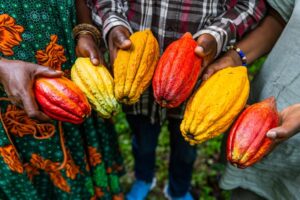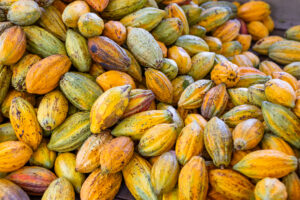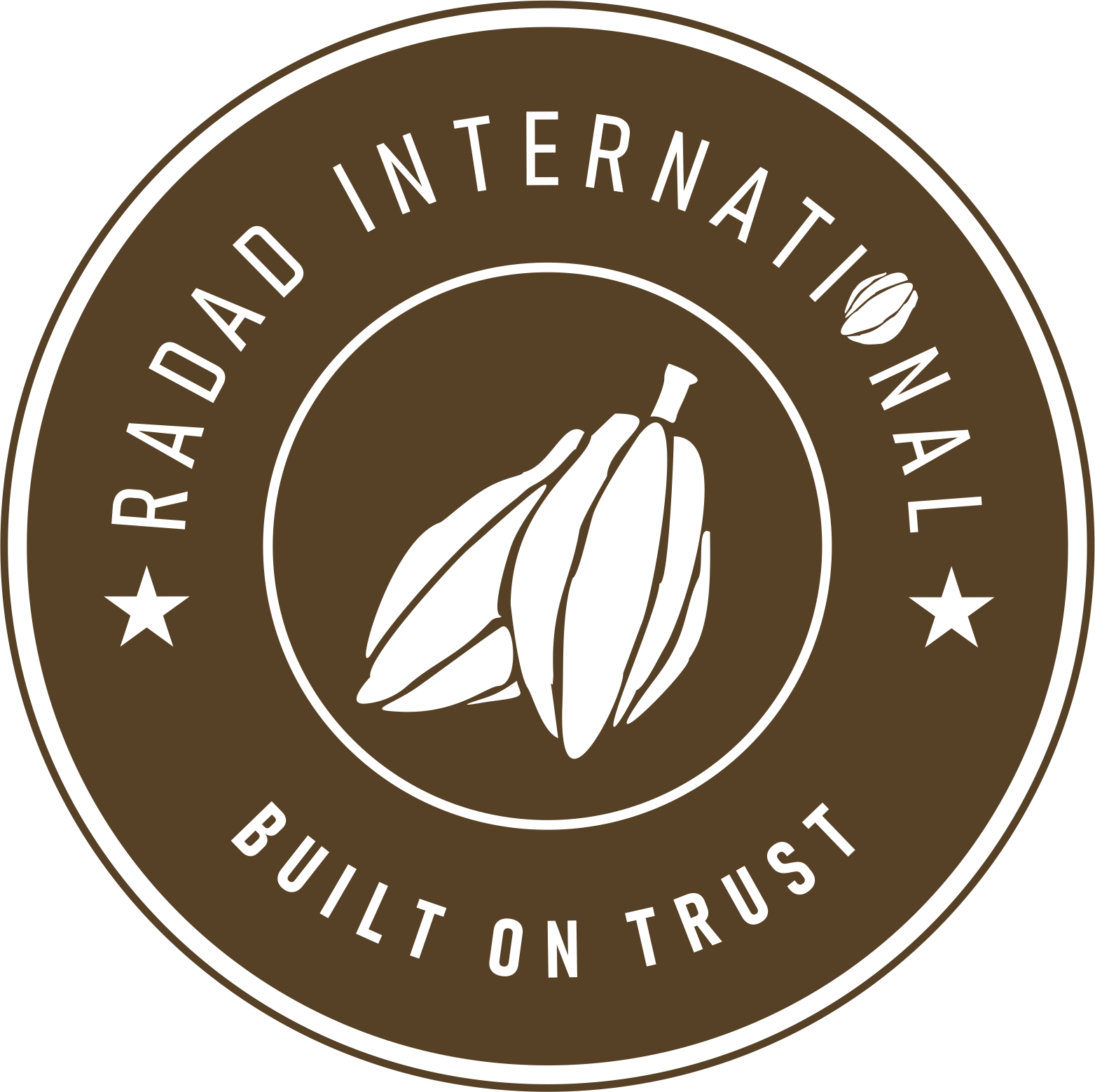The chocolate market in the UAE has expanded rapidly in recent years. As of the latest figures, the market is estimated to be worth over $400 million, with an annual growth rate that reflects both increased consumption and variety in offerings.
This growth is fueled by:
- High disposable income
- A strong hospitality and tourism sector
- Gift-giving traditions, especially during Ramadan and Eid
- Rising interest in premium and artisanal chocolates
Moreover, many local and regional businesses have entered the market, launching unique product lines, such as camel milk chocolates and luxury date-filled sweets.
From Humble Beginnings to a Confectionery Capital
A few decades ago, chocolate in the UAE was largely an imported commodity—a status symbol gifted to friends and clients or served at weddings. Local production was minimal, and supermarket shelves offered few more than global brands.
Then came a shift. As the UAE developed into a global business and tourism hub, demand for unique, high‑end chocolate experiences began to rise. Expatriates from Europe, North America, and beyond brought their own chocolate traditions. Entrepreneurs saw opportunities to blend these traditions with local tastes, introducing products like date‑filled chocolates, saffron‑infused truffles, and camel‑milk bars.
Today, Dubai and Abu Dhabi each host a thriving community of chocolatiers, from stalwart luxury names to up-and-coming ateliers. Walk into any high-end mall in Dubai and you’ll find entire boutiques dedicated to chocolates. Brands like Patchi, Godiva, Bateel, Forrey & Galland, and Coco Jalila have flagship stores here. Local companies are now competing on an international level, using world-class packaging, rich ingredients, and innovative flavors.
Dubai is also home to The Chocolate Makers Expo, where businesses showcase everything from bean-to-bar processes to gourmet chocolate art. Events like these keep Dubai on the map as a confectionery capital in the region. It’s clear: chocolate has become both a local passion and a tourist attraction.

UAE Candy Manufacturing Trends
Manufacturing trends in the UAE have shifted toward innovation and sustainability. There’s been a rise in homegrown chocolate companies that emphasize locally-sourced ingredients, natural flavorings, and ethical production.
Some noticeable trends in UAE candy and chocolate manufacturing include:
- Health-conscious chocolates: Low-sugar, keto, vegan, and gluten-free variants are growing in popularity.
- Luxury packaging: Presentation is just as important as taste in the UAE market.
- Camel milk chocolate: A uniquely regional specialty, produced by companies like Al Nassma.
- Artisan small-batch chocolates: Local chocolatiers are gaining ground with high-end, handcrafted sweets.
With smart machinery and automation, many UAE-based factories are now able to produce large volumes efficiently while maintaining premium quality.
Chocolate Consumption in UAE
Chocolate consumption in the UAE is among the highest in the Middle East. On average, a person in the UAE consumes around 2.5 to 3 kilograms of chocolate annually.
Several factors influence this:
- The country’s large expat population (especially from Europe and Asia, where chocolate is a staple treat)
- Cultural preference for luxury and premium goods
- Gifting culture during religious and national holidays
You’ll find chocolate served at weddings, corporate events, and even in government offices. It’s part of the everyday lifestyle and a favorite across all age groups.
Middle East Chocolate Demand
Zooming out, the Middle East chocolate demand is rising rapidly. With growing populations and youthful demographics, there is a steady appetite for sweet snacks and indulgences.
The UAE is often the launchpad for chocolate brands entering the region, thanks to its global connections, infrastructure, and international audience. From Dubai, brands expand into neighboring countries like Saudi Arabia, Kuwait, Qatar, and Oman.
According to several market reports, the GCC chocolate market size is projected to surpass $2 billion by 2027, and the UAE will play a significant role in that growth.
Abu Dhabi Chocolate Companies on the Rise
While Dubai often gets the spotlight, Abu Dhabi is not far behind. The capital city is witnessing a quiet revolution in luxury confectionery.
Several homegrown brands have emerged in Abu Dhabi, focusing on:
- Sustainable practices
- Organic ingredients
- Modern Arab fusion recipes
Abu Dhabi’s emphasis on quality over quantity has allowed boutique chocolate houses to flourish, catering to VIP clients, embassies, and private events. The Emirate is also investing in agri-tech, which may one day lead to local cocoa cultivation experiments in controlled environments.
GCC Chocolate Market Size and Regional Trends
The GCC chocolate market includes countries such as Saudi Arabia, Kuwait, Bahrain, Oman, Qatar, and the UAE. Collectively, these nations represent a lucrative market for both mass-produced and high-end chocolate.
Trends across the region include:
- A rise in organic and sugar-free options
- Growing demand for luxury packaging, especially for gifting
- Strong sales during Ramadan, Eid, and National Days
- International collaborations between Middle Eastern chocolatiers and European brands
The UAE often acts as the regional distribution hub, meaning many chocolates sold in GCC countries are first imported into Dubai or Abu Dhabi.
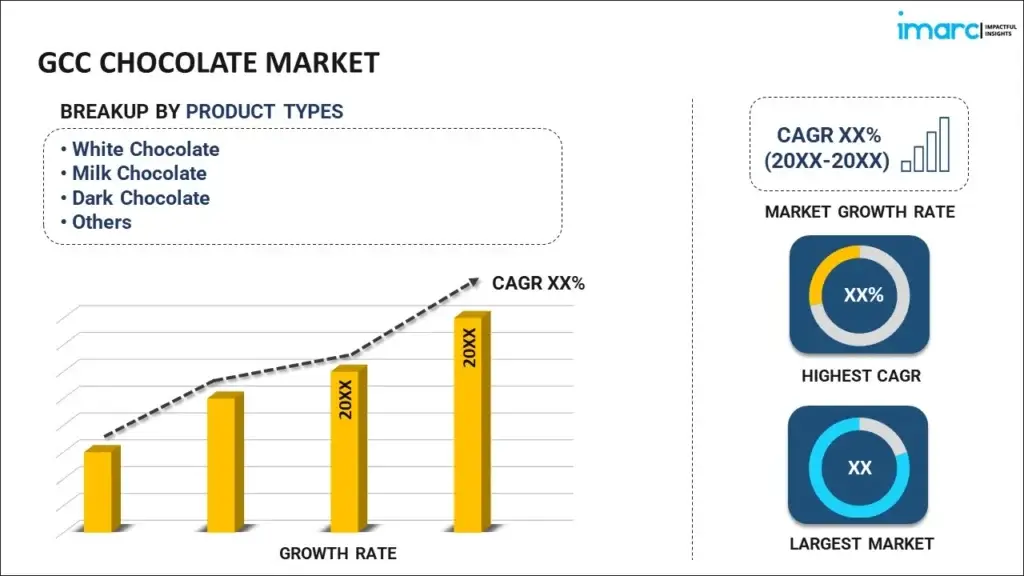
The Premium Chocolate Culture in the UAE
One of the most interesting aspects of the UAE chocolate industry is the premium chocolate segment. This includes not only expensive brands but also chocolates that offer unique experiences — whether it’s the packaging, taste, or story behind the brand.
Brands like Forrey & Galland, Patchi, Bateel, and Al Nassma offer chocolates that could easily be considered luxury items. Prices can range from AED 100 to over AED 1,000 per box, depending on the customization and exclusivity.
UAE consumers, particularly in Dubai and Abu Dhabi, don’t just buy chocolate — they invest in it as part of hospitality, branding, or celebration.
Chocolate Importers in the UAE
Given the desert climate and the absence of local cocoa farming, the UAE imports a significant portion of its chocolate and raw materials.
Chocolate importers in the UAE bring in products from Switzerland, Belgium, France, and Italy. Some of the most well-known imported brands include:
- Lindt
- Ferrero Rocher
- Godiva
- Neuhaus
- Ghirardelli
At the same time, local brands repackage or mix imported ingredients with regional flavors like saffron, cardamom, dates, rose water, and nuts.
The import market is quite competitive, with distributors working with both supermarkets and boutique chocolate stores to meet rising consumer demand.
Trending Chocolate Brands and Ideas in Dubai
In 2025, some of the most trending chocolate ideas in Dubai include:
- Chocolate-covered dates – A modern twist on a traditional Arab snack, often infused with orange, almond, or coffee flavors.
- Choco Bombs – Hot chocolate bombs that explode into cocoa and marshmallow goodness when dropped into hot milk.
- Personalized chocolate boxes – With names, logos, or messages engraved.
- Chocolate delivery services – Especially popular for birthdays, proposals, and business gifts.
- Gourmet chocolate cafes – Offering handcrafted treats alongside high-end coffee and teas.
- Instagrammable chocolate creations – Think 24K gold-dusted truffles and edible chocolate sculptures.
Key Players to Know
Local Artisanal Champions
Mirzam Chocolate Makers (Dubai) A pioneer in bean‑to‑bar craft, Mirzam experiments with cocoa from around the world while nodding to regional flavors like cardamom and date. Their café and workshop space offers tasting flights and hands‑on classes.
Al Nassma Chocolate (Abu Dhabi) Famous for camel‑milk chocolate, Al Nassma blends Swiss expertise with local ingredients. Their boutique in Abu Dhabi is a must‑visit for travelers looking for a true “taste of the Emirates.”
Established Regional and Luxury Names
Patchi: This Lebanese chocolatier operates elegant shops across the UAE. Known for handcrafted pralines wrapped in luxurious packaging, Patchi appeals to the gift‑market and high‑end consumer.
Godiva Chocolatier: A global brand with strong local presence—Godiva’s iconic gold boxes and café counters in major malls serve as a beacon for shoppers seeking Belgian chocolate classics.
Distributors and Importers
Treasure Islands™ : A major importer, Treasure Islands™ brings global chocolate brands—from mass‑market to premium—into local supermarkets and hotel mini‑bars.
Olmec Chocolates: Focusing on bulk and wholesale, Olmec supplies hotels, caterers, and retailers with everything from basic bars to bespoke corporate gifts.
UAE Chocolate Industry: Key Insights
🇦🇪 Market Overview
- Total Market Size (2024): USD 1.56 billion
- Projected Market Size (2032): USD 2.35 billion
- Compound Annual Growth Rate (CAGR): 5.3% (2025–2032) (UAE Chocolate Market Size, Share, Scope, Trends & Forecast)
🍫 Premium Chocolate Segment
- Market Size (2024): USD 137.9 million
- Projected Market Size (2029): USD 198 million
- CAGR: 7.5% (2025–2029)
- Top Product: Milk chocolate leads in revenue, while dark chocolate is the fastest-growing segment
🌍 GCC Chocolate Market
- Projected CAGR: 5.3% (2025–2033)
- Growth Drivers: Rising disposable incomes, cultural gifting traditions, and increasing demand for premium products (GCC Chocolate Market Size, Growth And Forecast 2033)
🗺️ Import & Distribution Hubs:
- Jebel Ali Free Zone: Major import hub for international chocolate brands
- KIZAD (Khalifa Industrial Zone Abu Dhabi): Emerging manufacturing and distribution center
What’s Next for the UAE Chocolate Industry?
The future looks sweet.
As more consumers lean toward ethically produced, health-conscious, and luxury chocolate, we can expect even more diversification. There’s also a big push toward eco-friendly packaging and digital gift solutions, such as e-gift cards that include chocolate delivery.
Startups and smaller chocolatiers are receiving support from local business hubs like Dubai SME and Khalifa Fund in Abu Dhabi. And as the UAE positions itself as a global hub for food innovation, chocolate will surely remain one of its brightest stars.
FAQs – UAE Chocolate Industry
Q1: Is chocolate made in the UAE or only imported? Both. The UAE imports raw cocoa and finished chocolate, but many local companies manufacture, process, and package chocolate in the country. Popular local producers include Al Nassma, Bateel, and Coco Jalila.
Q2: What makes chocolate in the UAE unique? The combination of Middle Eastern flavors (like dates, saffron, and cardamom), luxury packaging, and gifting culture gives UAE chocolate a distinctive identity.
Q3: Where can I find premium chocolate in Dubai? Premium chocolates are available in malls like Dubai Mall and Mall of the Emirates, in specialty boutiques, and online through luxury gifting platforms.
Q4: Are there vegan or sugar-free chocolate options in the UAE? Yes, several local and international brands offer vegan, sugar-free, and keto-friendly chocolate products, especially in organic stores and high-end supermarkets.
Q5: Who are the major chocolate importers in the UAE? Large distributors like Truebell, Barakat, and Transmed import chocolate from Europe, the U.S., and Asia, supplying it to retail chains and boutique stores.
Q6: What are the top chocolate brands in the UAE? Top international brands include Lindt, Godiva, Ferrero Rocher, and Ghirardelli. Local favorites include Patchi, Bateel, Al Nassma, and Forrey & Galland.
Q7: Is there a chocolate factory I can visit in the UAE? Yes! Al Nassma’s camel milk chocolate facility in Dubai is a unique attraction. There are also chocolate-making workshops and experiences in Dubai and Abu Dhabi.
Q8: When is chocolate demand highest in the UAE? During religious holidays like Ramadan and Eid, as well as Valentine’s Day, National Day, and the winter festive season (December–January).
Q9: How big is the chocolate market in the UAE compared to other GCC countries? The UAE leads the region in terms of chocolate imports, consumption, and production innovation. It acts as a distribution hub for the broader GCC region.
Q10: What’s the future of chocolate in the UAE? Expect more local innovation, luxury collaborations, sustainable packaging, and tech-driven chocolate experiences, like digital gifting and personalization.
If you’re a chocolate lover, entrepreneur, or just curious about where your favorite treat comes from — the UAE chocolate industry is a fascinating blend of tradition, luxury, and innovation.
For bulk cocoa supply in Dubai – UAE, contact Radad International

